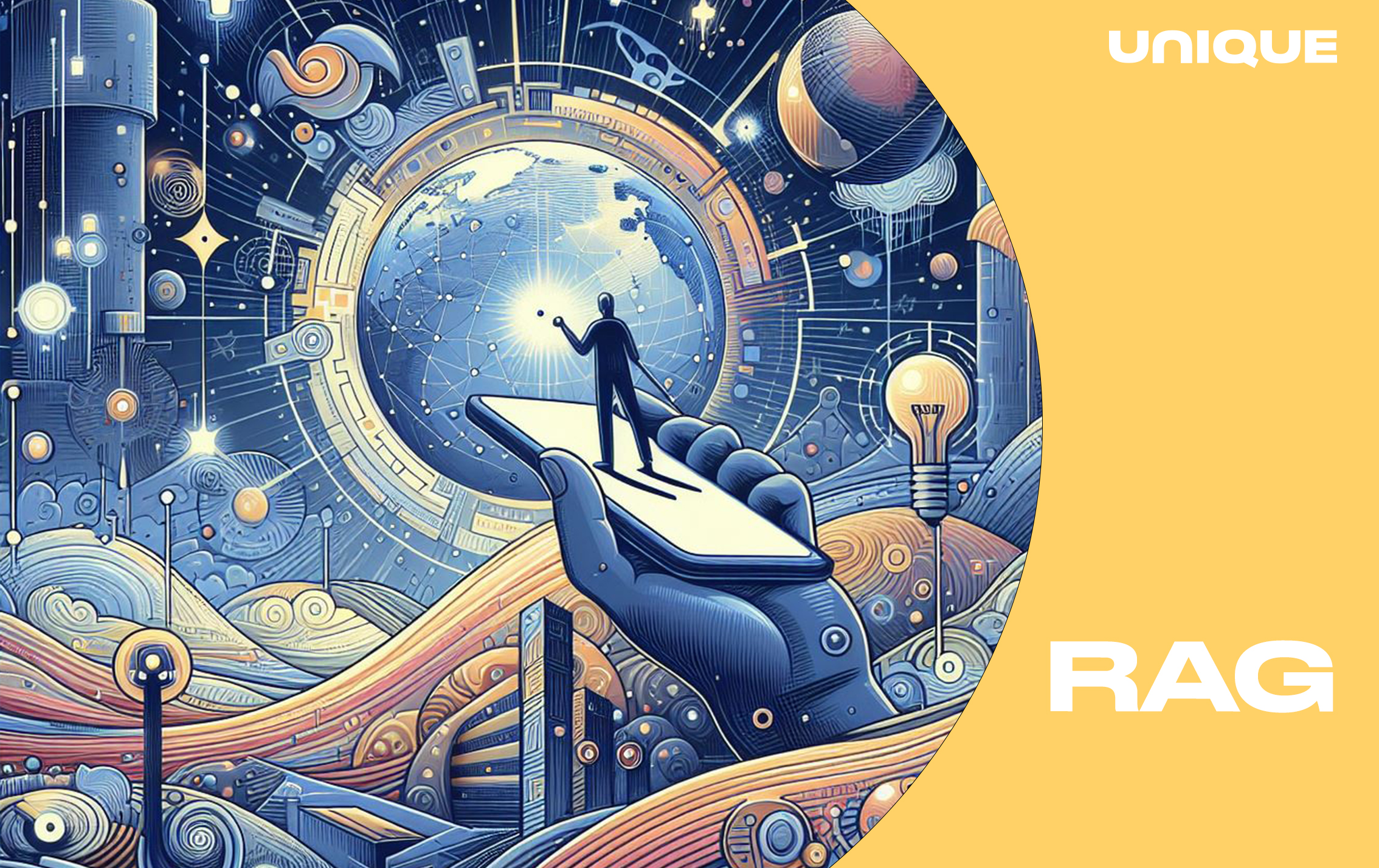Imagine an AI that doesn't just spout information, but actively hunts for the best answers. That's the magic of Retrieval-Augmented Generation, or RAG. Unlike traditional AI models that operate in silos, RAG seamlessly blends its own knowledge with an external research engine, creating a powerhouse of information retrieval and generation. This fusion approach isn't just a gimmick; it's a paradigm shift that promises a future where AI can not only answer your questions, but understand the nuances behind them.
What is RAG?
RAG, short for Retrieval-Augmented Generation, is a cutting-edge AI model that integrates the strengths of both retrieval and generation models.
Unlike traditional models, RAG doesn't just rely on its own internal library. It acts as a master researcher, seamlessly weaving its internal knowledge with an external search engine to become a powerhouse of information retrieval and generation. This fusion isn't a parlor trick; it's a revolution. RAG paves the way for a future where AI transcends basic data retrieval, transforming into a true information maestro, capable of not only answering your questions but also grasping the underlying intent and delivering insightful responses rich in context.
Combining External and Internal Resources
One of the key features that sets RAG apart is its ability to seamlessly blend external and internal resources. External resources, such as databases, articles, and vast repositories of information, are leveraged alongside the model's internal understanding and generation capabilities. This fusion allows RAG to provide users with comprehensive and contextually rich responses.
User Safety Measures
In the realm of AI, user safety is paramount. RAG incorporates robust safety measures to ensure that the information generated is accurate, reliable, and free from biases. The model undergoes continuous training and monitoring to adapt to evolving standards, making it a trustworthy tool for users across various domains.
How Retrieval-Augmented Generation Works
RAG's functionality hinges on its ability to retrieve and generate information simultaneously. The retrieval component accesses external knowledge bases, pulling in relevant data, while the generation component synthesizes this information with its internal understanding to create coherent and contextually accurate responses. This dual-action approach enables RAG to outperform traditional models in tasks such as question-answering, content creation, and more.
History of RAG
The inception of RAG can be traced back to the quest for more efficient and effective AI models. As researchers sought to overcome limitations in purely generative or retrieval-based systems, the idea of combining the two approaches gained traction. Over the years, advancements in deep learning, natural language processing, and model architectures paved the way for the development of RAG, marking a significant milestone in the evolution of AI.
In a Nutshell...
Retrieval-Augmented Generation represents a paradigm shift in the AI landscape, offering a versatile and powerful solution to information retrieval and generation challenges. With its unique blend of external and internal resources, user safety measures, and a rich history of development, RAG stands as a testament to the continuous innovation propelling the field of artificial intelligence forward. As we look to the future, RAG is poised to play a pivotal role in shaping the way we interact with and benefit from intelligent systems.



